Brand archetypes: How to shape your brand personality
Have you ever wondered why some brands seem to have a loyal fan base while others struggle to stand out? Why do some brands evoke emotion and inspire trust, while others leave you cold and indifferent?
The answer may lie in the concept of brand archetypes. Brand archetypes are globally recognized characters that reflect certain patterns of human behavior. They help brands define their personality, tone of voice, visual branding and values, and communicate them consistently across all touchpoints.
In this article, we will explore brand archetypes, their characteristics and examples, and how they impact your corporate design. We will also show you how software can help you manage your brand archetype effectively and avoid the risks of inconsistency and confusion.
- What are brand archetypes?
- The 12 brand archetypes by Carl Jung
- How brand archetypes impact your corporate design
- How software can help you manage your brand archetype
What are brand archetypes?
The term "archetype" was coined by Swiss psychiatrist Carl Jung in the early 20th century. He proposed that there are 12 universal archetypes that represent the collective unconscious of humanity. These archetypes express basic human motivations, desires, fears and values.
Brand archetypes are derived from Jung's theory and applied to the world of branding. A brand archetype defines how a brand looks, speaks and feels, shaping its tone of voice, choice of colors and style for brand imagery. And even the way it responds to challenges.
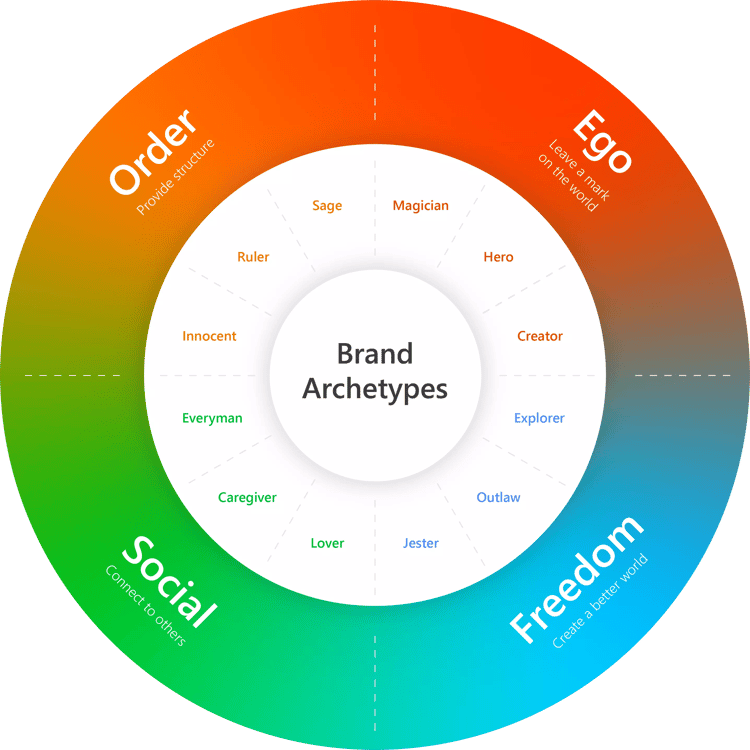
By choosing an archetype that aligns with your brand's core values and purpose, you can create a consistent and authentic brand personality that resonates with your target audience. You can also use your archetype to guide your brand strategy, marketing campaigns, product development, and customer service.
The 12 brand archetypes by Carl Jung
According to Jung’s theory, there are 12 main archetypes. Each archetype has its own strengths, weaknesses, goals and fears.
1. The Ruler
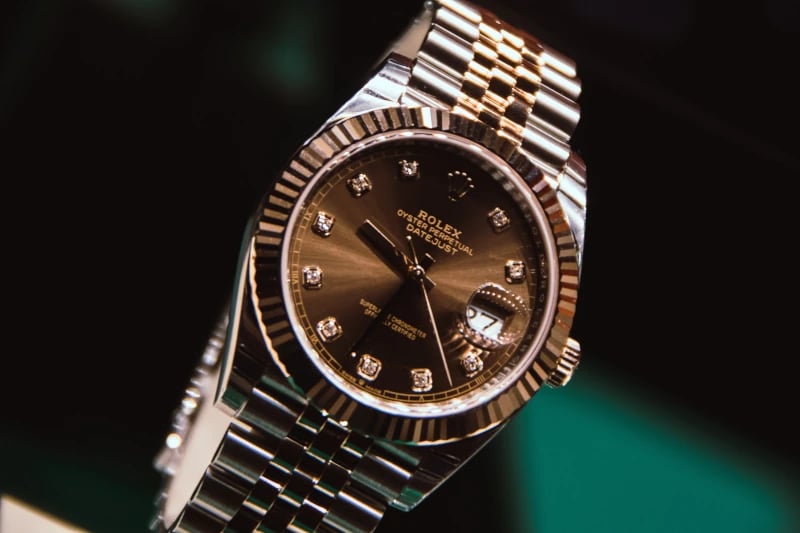
The Ruler archetype is confident, authoritative and influential. They want to create order, stability and prosperity in their domain. They value quality, excellence and leadership.
Ruler brands appeal to customers who want to feel successful, powerful or elite. They often offer premium products or services that promise high performance or status.
Examples of ruler brands include Rolex, Mercedes-Benz, IBM, and American Express.
2. The Hero
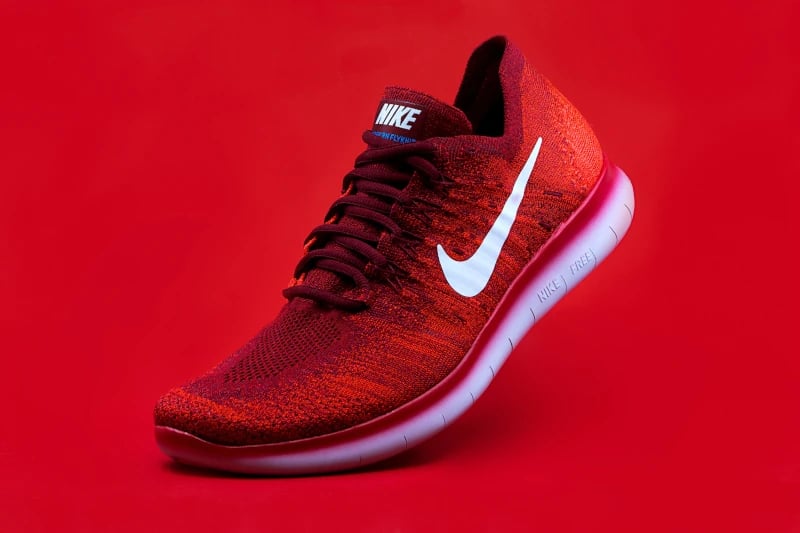
The Hero archetype is brave, adventurous and strong. They want to overcome challenges, prove themselves and make a difference in the world. They value honor, bravery and achievement.
Hero brands appeal to customers who want to feel empowered, inspired or challenged. They inspire and empower their customers by their products and slogans and often offer products or services that help to achieve goals or overcome obstacles.
Examples of hero brands include Nike, FedEx, Red Bull, Under Armour, and GoPro.
3. The Magician
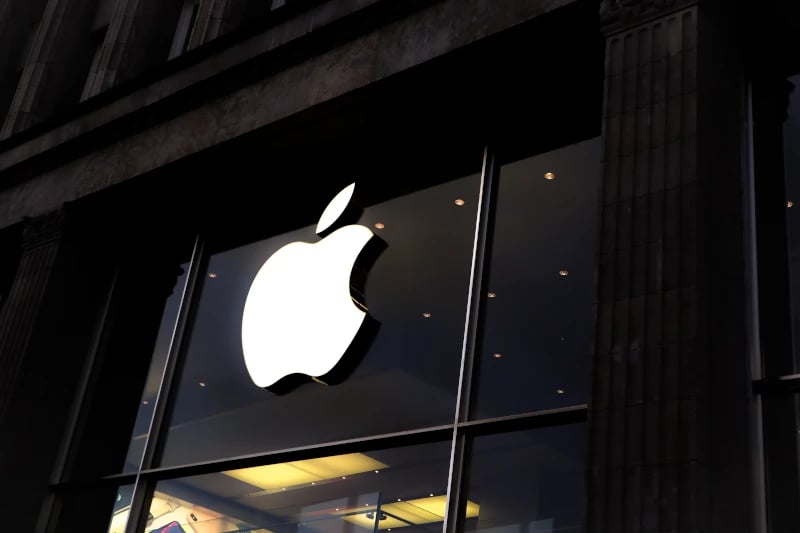
The Magician archetype is imaginative, innovative and visionary. They want to create something new, change reality, or make dreams come true. They value creativity, curiosity and wonder.
Magician brands appeal to customers who want to feel amazed, enchanted or enlightened. They often offer products or services that use cutting-edge technology or provide unique experiences.
Examples of magician brands include Apple, Disney, Tesla, and Netflix.
4. The Creator

The Creator archetype is artistic, inventive and original. They want to create something valuable, beautiful or lasting.
They value self-expression, creativity and aesthetics.
Creator brands appeal to customers who want to feel creative, artistic or unique. They often offer products or services that allow customers to express themselves freely or create something new.
Examples of creator brands include Lego, Adobe, Moleskine, Canon, and Etsy.
5. The Explorer

The Explorer archetype is curious, adventurous and independent. They want to discover new places, experiences or ideas. They value freedom, authenticity and exploration.
Explorer brands appeal to customers who want to feel adventurous, curious or free. They often offer products or services that encourage customers to explore new possibilities or destinations.
Examples of explorer brands include REI, The North Face, Jeep, and National Geographic.
6. The Outlaw
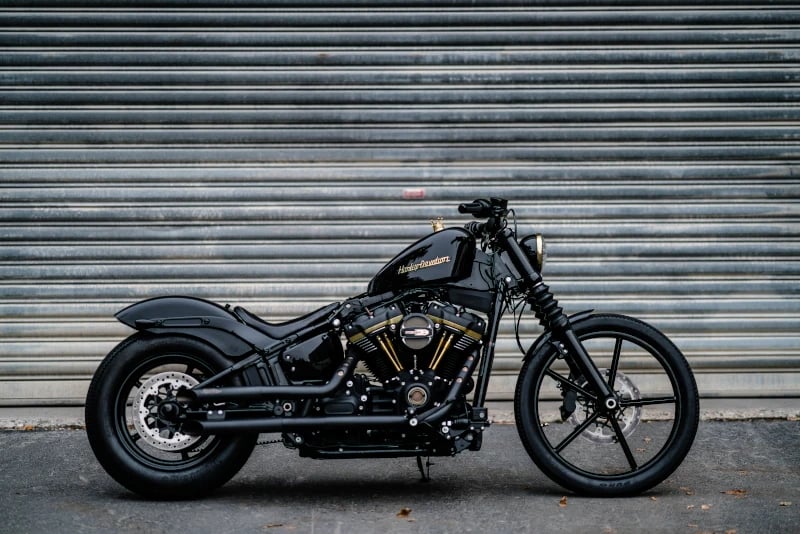
The Outlaw archetype is rebellious, daring and disruptive. They want to challenge the status quo, break the rules or start a revolution. They value freedom, individuality and change.
Outlaw brands appeal to customers who want to feel rebellious, bold or different. They often offer products or services that are unconventional, controversial or provocative.
Examples of outlaw brands include Harley-Davidson, Virgin, Diesel, and Apple.
7. The Lover
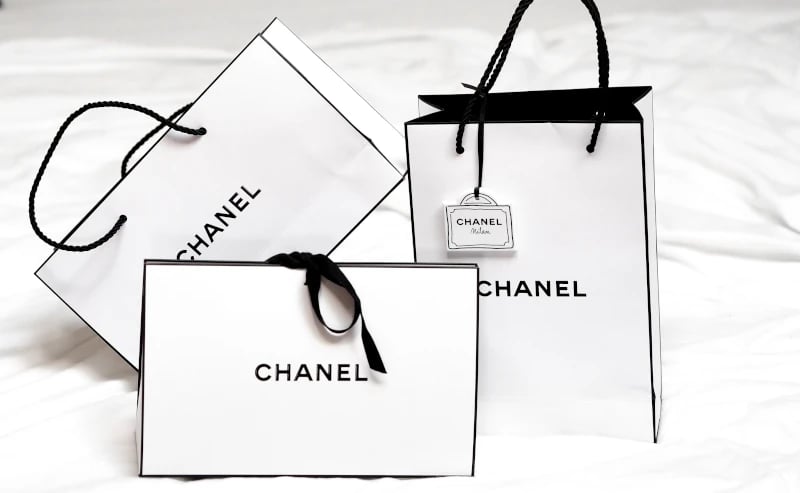
The Lover archetype is passionate, sensual and romantic. They want to attract and please others, to create intimacy or beauty. They value love, pleasure and aesthetics.
Lover brands appeal to customers who want to feel attractive, desired or pampered. They often offer products or services that enhance beauty, romance or pleasure.
Examples of Lover brands include Victoria's Secret, Chanel, Godiva, and Hallmark.
8. The Jester
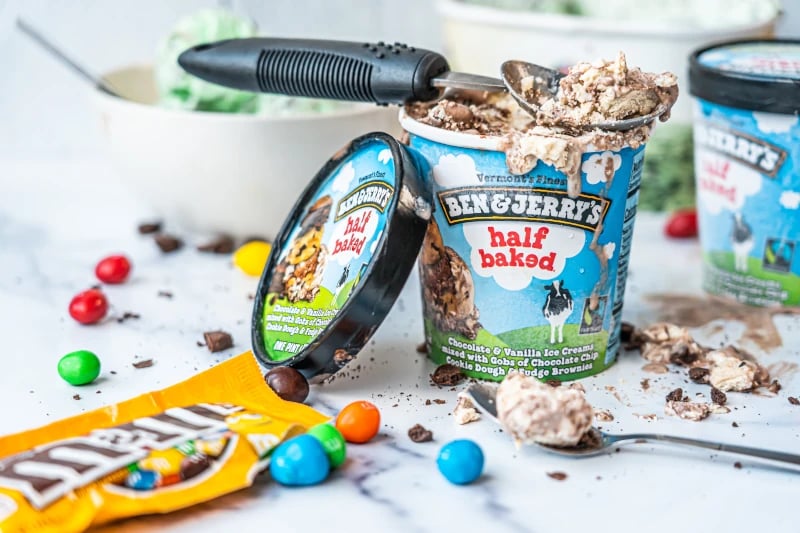
The Jester archetype is playful, humorous and fun-loving. They want to enjoy life, make others laugh or have a good time. They value joy, entertainment and spontaneity.
Jester brands appeal to customers who want to feel amused, cheerful or relaxed. They often offer products or services that are fun, quirky or humorous.
Examples of Jester brands include Old Spice, Ben & Jerry's, M&M's, and IKEA.
9. The Innocent

The Innocent archetype is a positive personality with an optimistic outlook on life. The Innocent is pure, virtuous and flawless, free from the responsibility of having done anything hurtful or wrong.
This archetype represents brands that are honest, optimistic and pure, driven by the pursuit of happiness.
People who identify with the Innocent archetype want "the perfect life.
Innocent brands tend to sell themselves with an authentic, friendly and straightforward message. Their core values are reliability and honesty.
Examples of Innocent brands include Aveeno, Dove, Coca-Cola, and Whole Foods.
10. The Caregiver
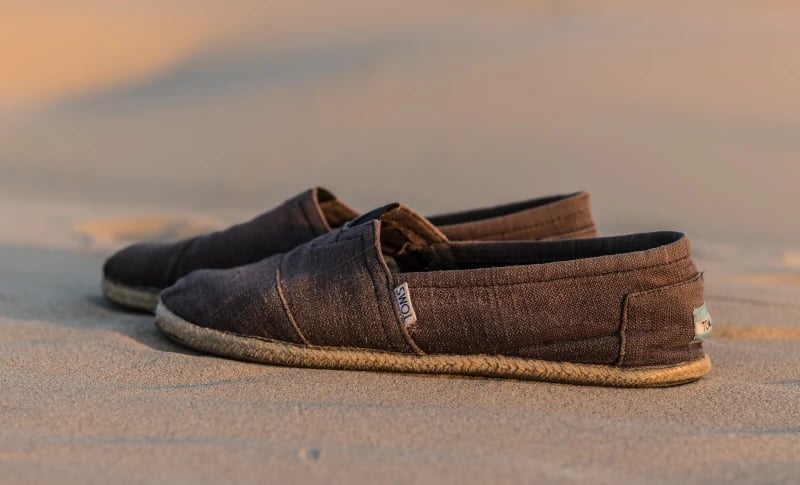
The Caregiver archetype is compassionate, nurturing and supportive. They want to help others, protect them from harm or provide comfort. They value empathy, generosity and service.
Caregiver brands appeal to customers who want to feel cared for, safe or reassured. They often offer products or services that are helpful, reliable or comforting.
Examples of caregiver brands include Johnson & Johnson, UNICEF, Campbell’s and TOMS.
11. The Everyman
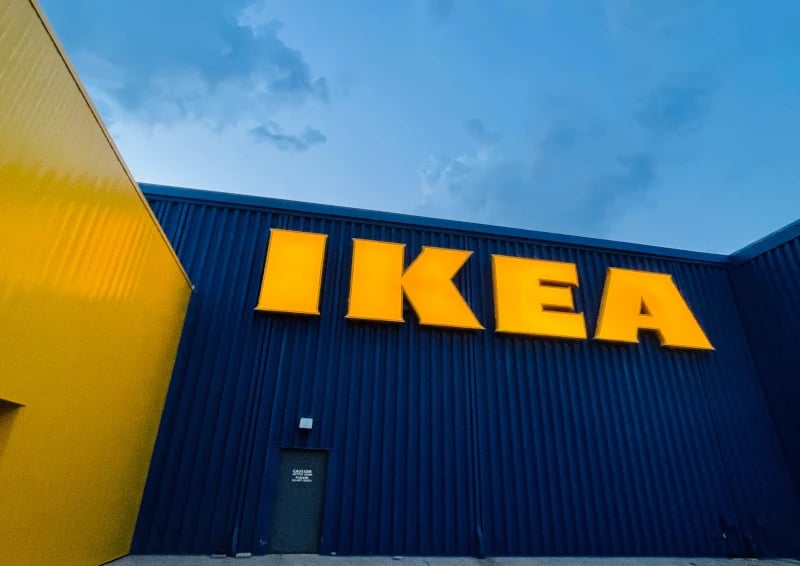
The Everyman archetype is friendly, honest and down-to-earth. They want to fit in, belong, or connect with others. Simplicity, authenticity and community are very important to them.
These brands appeal to customers who want to feel like they belong and are part of a larger community by offering products or services that are affordable, reliable, and accessible to everyone.
Examples of Everyman brands include IKEA, Levi's, eBay, McDonald’s and Walmart.
12. The Sage
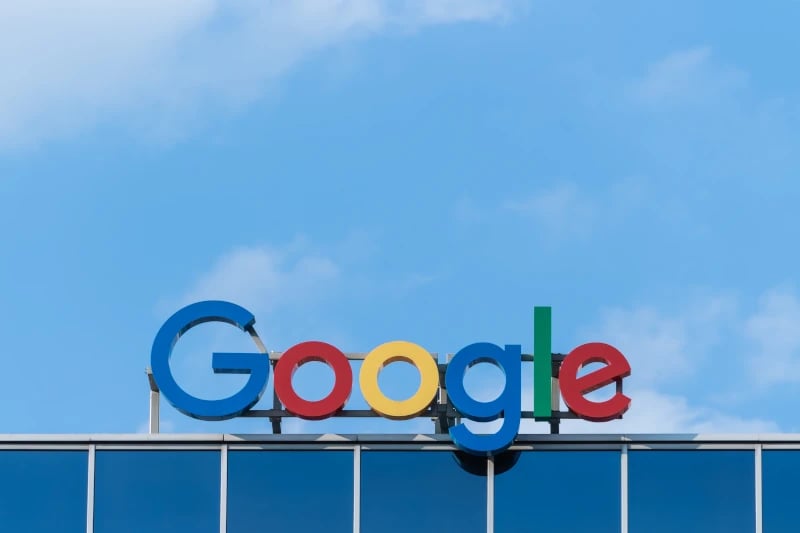
The Sage archetype is wise, knowledgeable and insightful. They strive to understand the world, seek the truth or share their wisdom. They value intelligence, logic and learning.
Sage brands appeal to customers who want to feel wise, informed or enlightened. They often offer products or services that provide information, education, or expertise.
Examples of Sage brands include Google, Harvard University, TED, and the BBC.
How software can help you manage your brand archetype
Selecting and applying a brand archetype for your corporate design is not a one-time task. It requires constant monitoring, evaluation, and refinement to ensure that your brand identity is coherent, consistent, and compelling across all documents. Managing your brand archetype can be challenging and time-consuming. Especially if you have multiple products, services, or channels.
This is where software solutions come in. They help you create, manage and distribute your brand assets and business documents with ease and efficiency.
- Create stunning brand assets and business documents that are consistent with your brand archetype using templates and branding tools.
- Manage your brand assets and business documents in a centralized, cloud-based digital asset library for easy access and scalability.
- Distribute and update your brand assets and documents across the enterprise with just a few clicks, ensuring traceability.
- Monitor your brand performance and feedback with analytics and reports that help you optimize your brand strategy and improve customer satisfaction.
To learn more about how the empower® solution can help you maintain brand control when creating professional documents, please contact us.
You May Also Like
Related articles

Brand investment: why you should start investing in your brand now

Your guide to successful brand management


